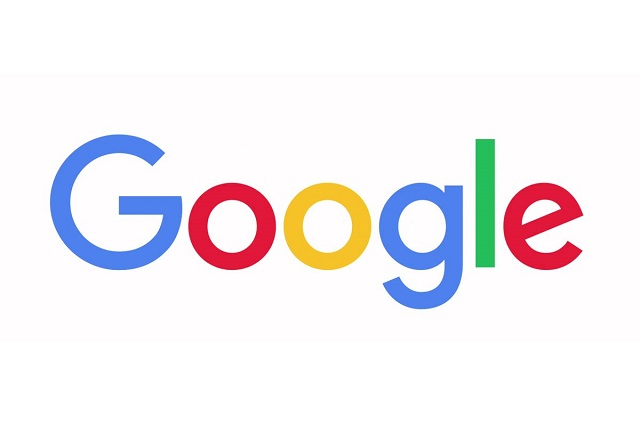Code Your Walk



Brought to you by Utah State University and Google. No endorsement by 4-H is implied or intended. 4-H is the youth development program for our nation’s cooperative extension system.